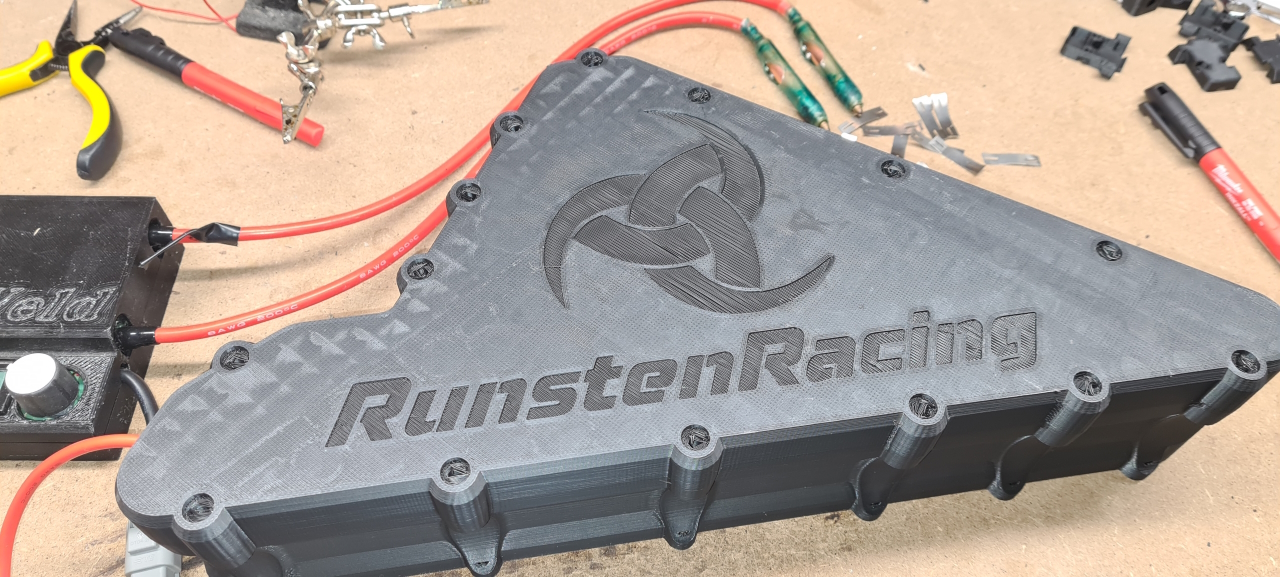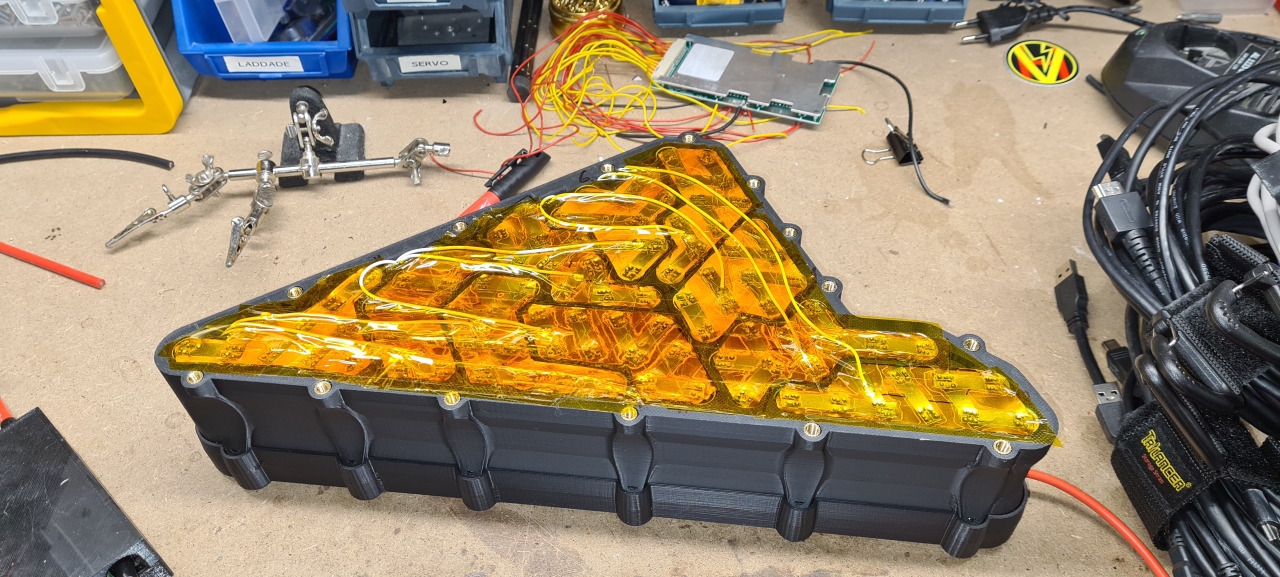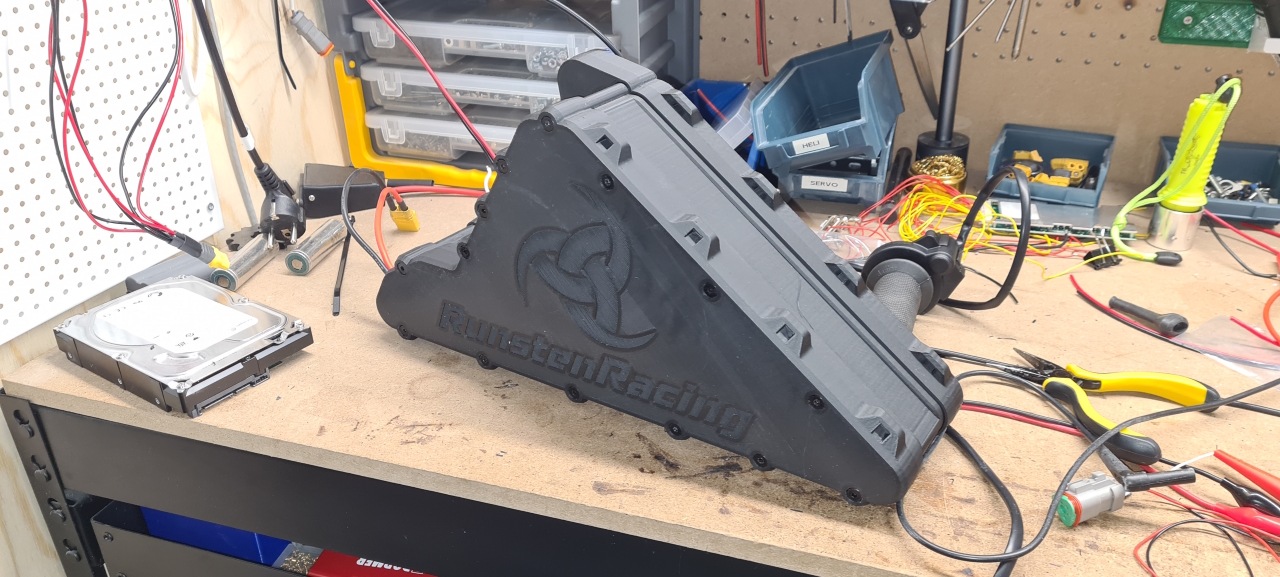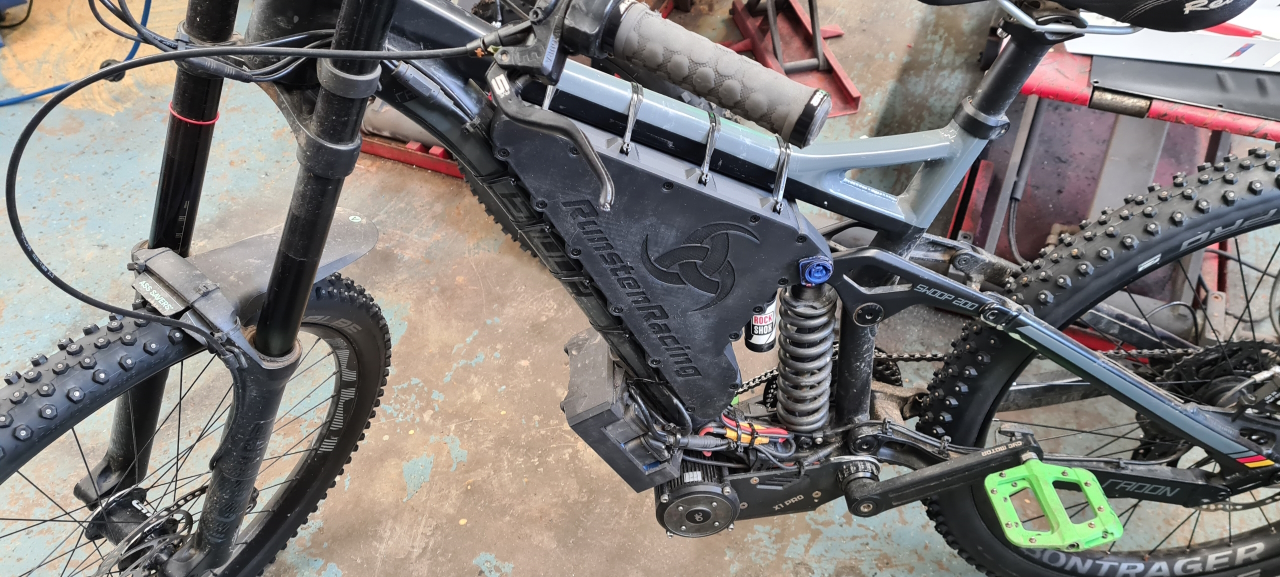So, after having used the current 20s5p molicel pack for a couple of years it decided to give up during a ride in the snow a few weeks ago. It suddenly lost voltage and would not recharge and when I took it apart two cell groups were sitting at 0V. As I had taken a shortcut bypassing the 60A chinesium BMS to get the power output I wanted from the battery I guess this was bound to happen. The BMS at least prevented me from charging the battery when any cell group were at a bad voltage, so that’s good.
I took the pack apart and put all the 18650s through a thorough testing program and capacity measurement. All cells in the 18 cell groups that were at an OK voltage were good but the cells in the bad groups were at very low capacities if they took charge at all.
Before this ride I’ve had the bike sitting untouched for several months so I guess it’s gotten slowly discharged during this time and when I took it out for a ride pulling 100-ish amps from cells already low at charge it eventually killed them. (This is just me guessing at what happened).
As the battery box I was using was a bit cumbersome to build and mount due to me trying to make a quick-change battery at the time I decided to design a new pack from scratch.

Fitting 100 cells in the swoop frame is tight fit, so I had to make some prototypes before finding the best shape to get an as-decent-as-possible battery layout that’d actually fit (and be able to mount) in the frame. To make it as sturdy as possible I could not fit the side covers before putting the pack in the frame so it’s tight.. 🙂



Hopefully this pack’ll last a couple of more years before needing a rebuild again.
